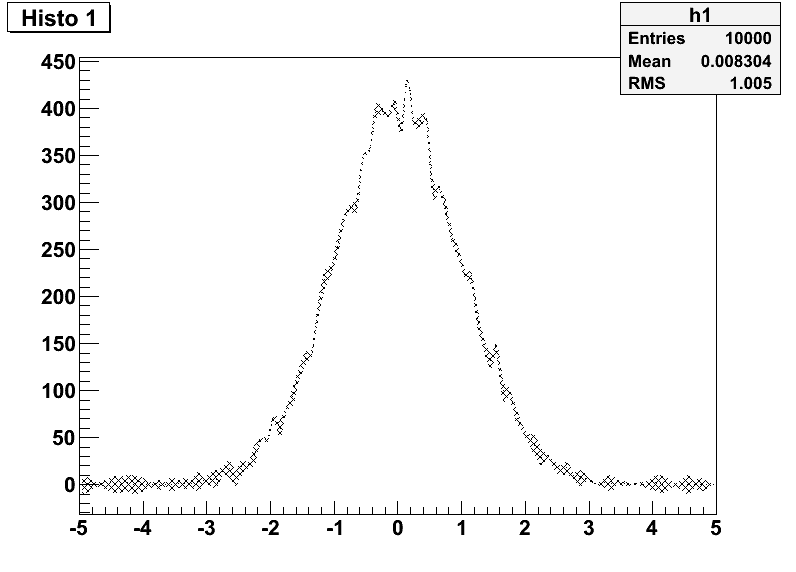Dear Rooters,
I’m doing some histograms with ROOT. I’ used to do them with PAW before and there was a style (htyp 244) which produced a filled area instead of the error bars.
In ROOT I manage to do something similar with:
but I don’t manage to draw also a contour around the filled area like the PAW style did it.
Moreover it would be nice to add also a curve through the bins. In other words make some kind of mixture between the two draw options “C” and “E4”. By making
h1->Draw("CE4")
I only get the filled area with some black Marker in between.
Anybody knows how to do this?
Thank you very much and best wishes,
Gionata
